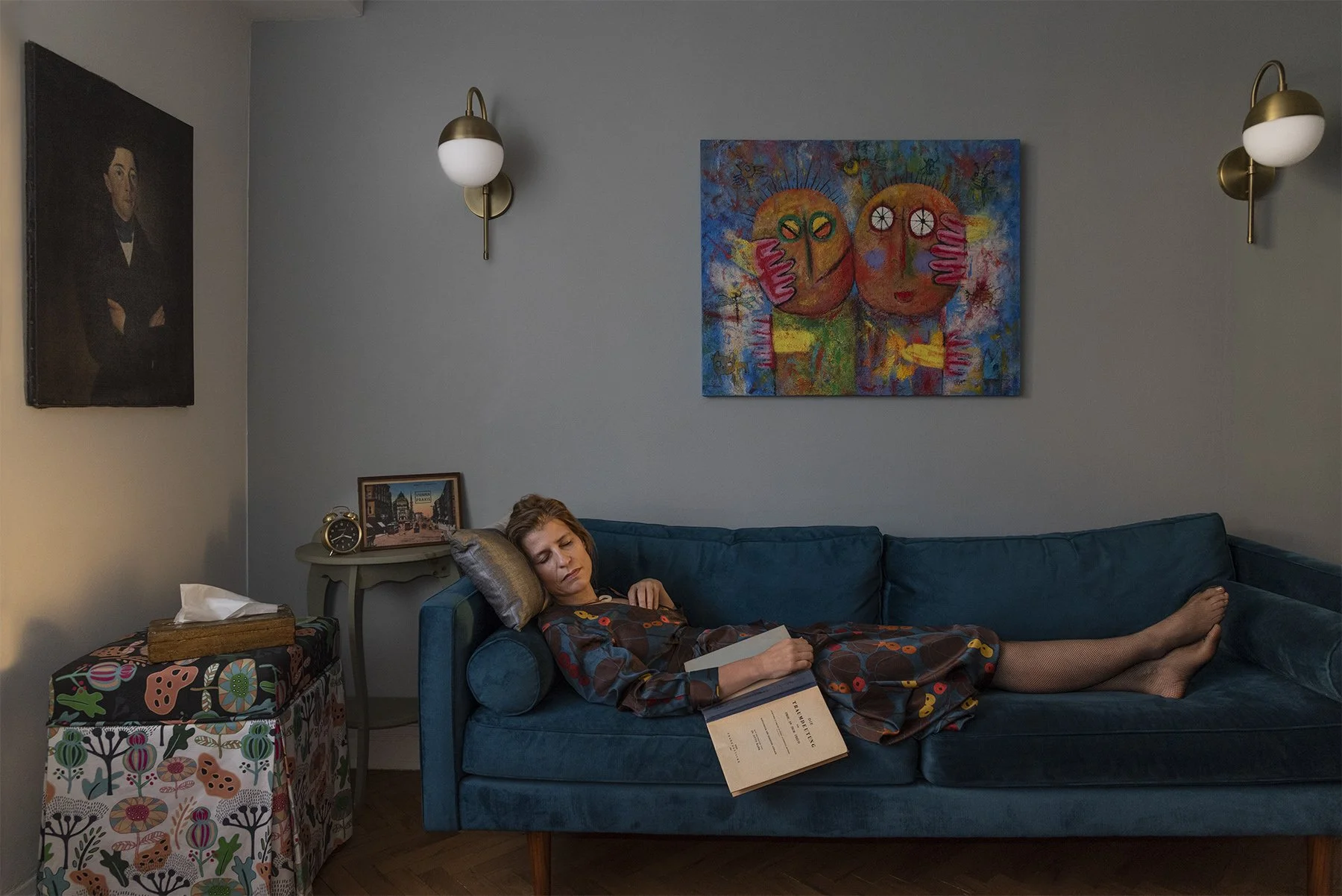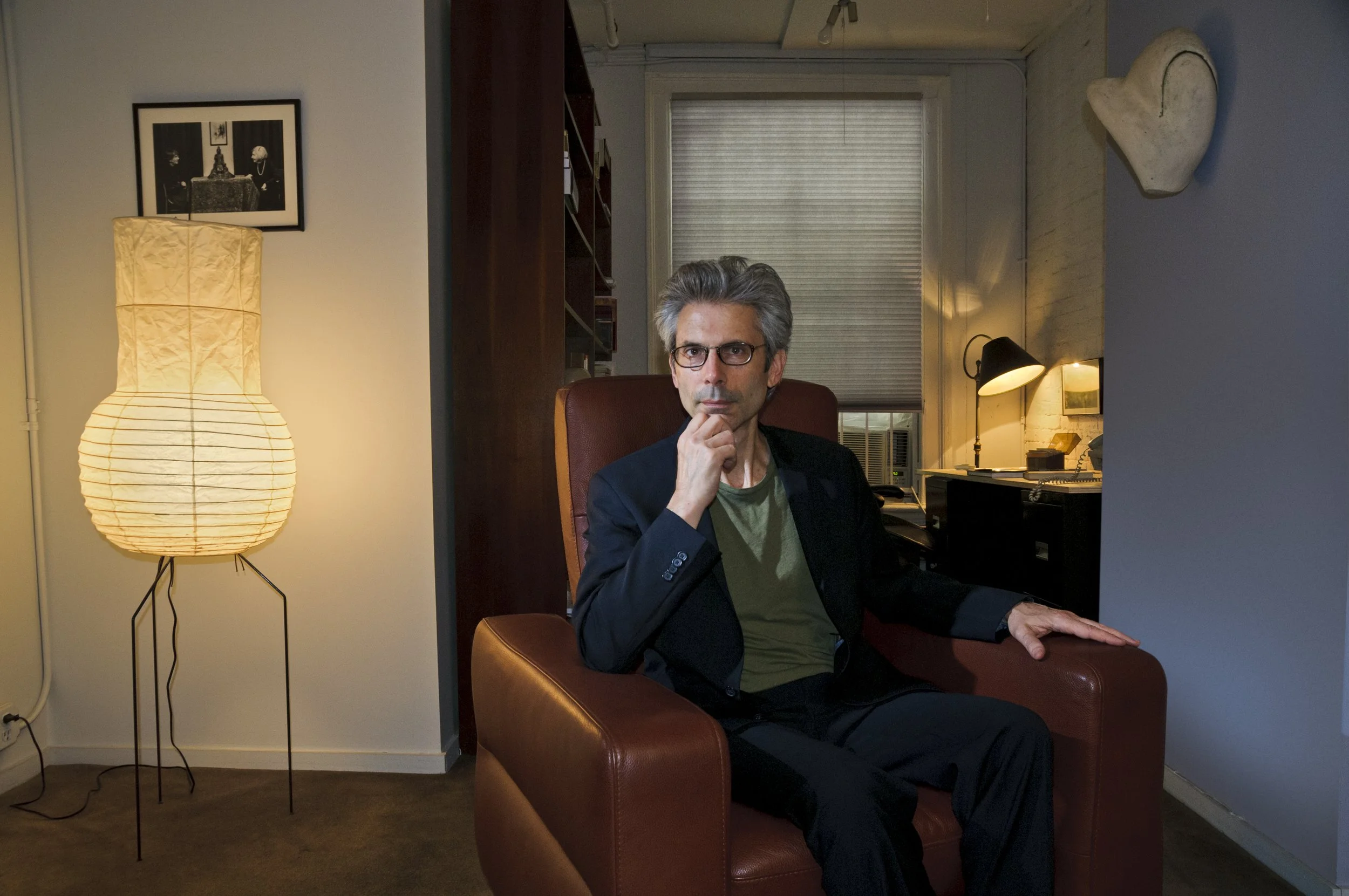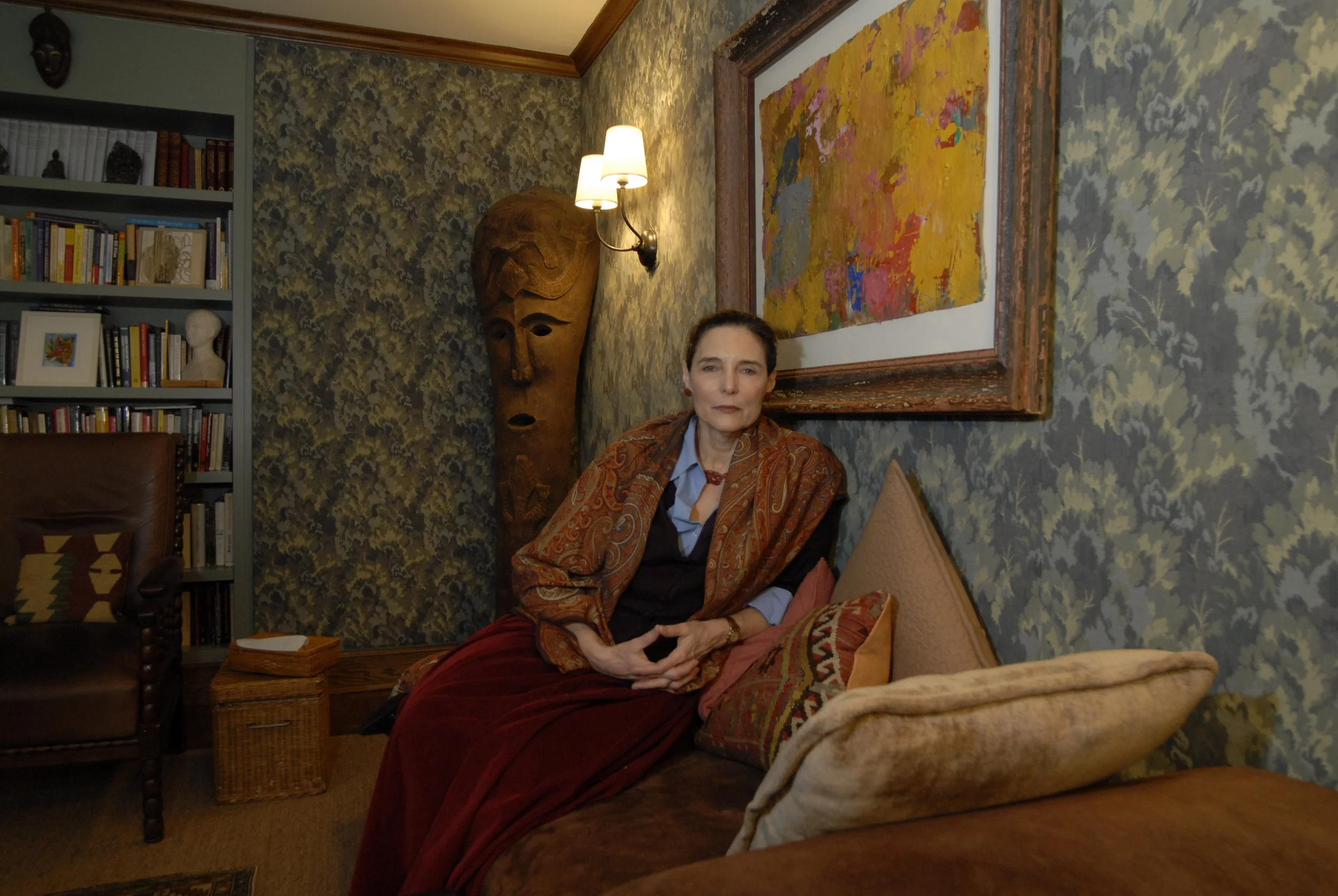PHOTOGRAPHY “Human beings are endlessly fascinating. I like to explore their presentation, motivation and behavior with my camera, just as much as I try to understand them as a psychiatrist.”
As a psychiatrist and awarded photographer, I had unique access to photograph my colleagues in their consultation rooms and interview them about the work they do. I started my project in 2002 when mental health practitioners were a decade away from having their own website. I had noticed photo books on writers, artists in their studios, scientists in their labs, but, at the time, no book existed on psychotherapists in their offices. My goal was to photograph a whole range of clinician from various orientations and schools. I wanted to show the diversity of the profession. I also hoped to destigmatize being in treatment by showing the therapist as a person.
Being a psychiatrist is a profession that depends on listening and speaking. After a long day in my office, my visual faculties were still fresh and my eyes were hungry. Photography was the ideal way to express myself. When you make a portrait of a person, you try to capture the essence of that person with your camera. This is not unlike psychotherapy, where the therapist tries to overcome the patient's defenses and allow them to reveal themselves in a genuine way.
“My goal was to photograph a whole range of clinician from various orientations and schools. I wanted to show the diversity of the profession. I also hoped to destigmatize being in treatment by showing the therapist as a person.”
“Photography was the ideal way to express myself. When you make a portrait of a person, you try to capture the essence of that person with your camera, in hopes of understanding their core self, motivation, and identity, which is not unlike the practice of psychotherapy itself.”




